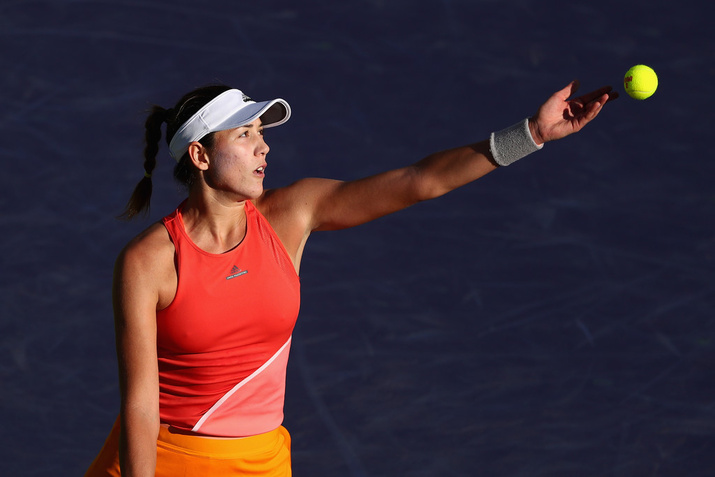Don't miss any stories → Follow Tennis View
FollowUpsets Riddle WTA Draw at Indian Wells
Upsets have happened so frequently in women’s tennis in 2016 that the term scarcely seems appropriate anymore. At Indian Wells alone, 15 of the 32 seeded players fellin the second round, with Australian Open champion and second seed Angelique Kerber the highest-profile casualty.
And it all follows a freakish February that saw only four of the eight seeds make it to the quarterfinals in the Premier event in St. Petersburg, only seven of the 16 seeds reach the last 16 in Doha, and, incredibly, none of the eight seeds get to the last eight in Dubai.

So why is this happening? One major factor is the lack of form of some of the WTA’s chief protagonists. Simona Halep has finally found form in the desert but was all over the place in the first two months of the year, Garbine Muguruza seems unable to control her shots or her temperament so far this season, Kerber has been out-of-sorts since her career-altering win in Melbourne, and Petra Kvitova lost six of her first eight matches in 2016.
But it is not the main reason for the so-called upsets we are seeing, as seeded players are losing to unseeded players simply because the unseeded players are not much below them in quality. Take world No. 4 Muguruza’s straight-sets loss to world No. 61 Christina McHale at Indian Wells as a prime example. Judging from the clean hitting and resolute defense that characterised the American’s excellent display, you would not guess that she was 57 places below her opponent in the rankings.
Another good example is world No. 31 Sabine Lisicki’s loss to 66th-ranked Johanna Larsson. While it is worth noting that Lisicki produces far too many lackluster performances, it is also worth acknowledging that Larsson is capable of upsetting seeds like the German if they under-perform. And there are similar situations everywhere in the Indian Wells draw, which highlight the need for the higher-ranked players to either play tennis to a standard approaching their best or to grind out results when they are not playing well.
With that in mind, the efforts of Kvitova, and Roberta Vinci, who both fought through tough three-set encounters in the second round, should be highly commended. When anyone in the world’s top 70 or 80 players can beat anyone else (with the exception of Serena Williams) if circumstances permit it, winning ugly is sometimes what they have to do.
And there is no doubt that this unpredictability makes women’s tennis exciting, as much as it frays the nerves of the fans who follow the top players. Followers of the best male players have a much more comfortable fan experience, since the world’s top 20 players very rarely lose to lower-ranked opponents.










